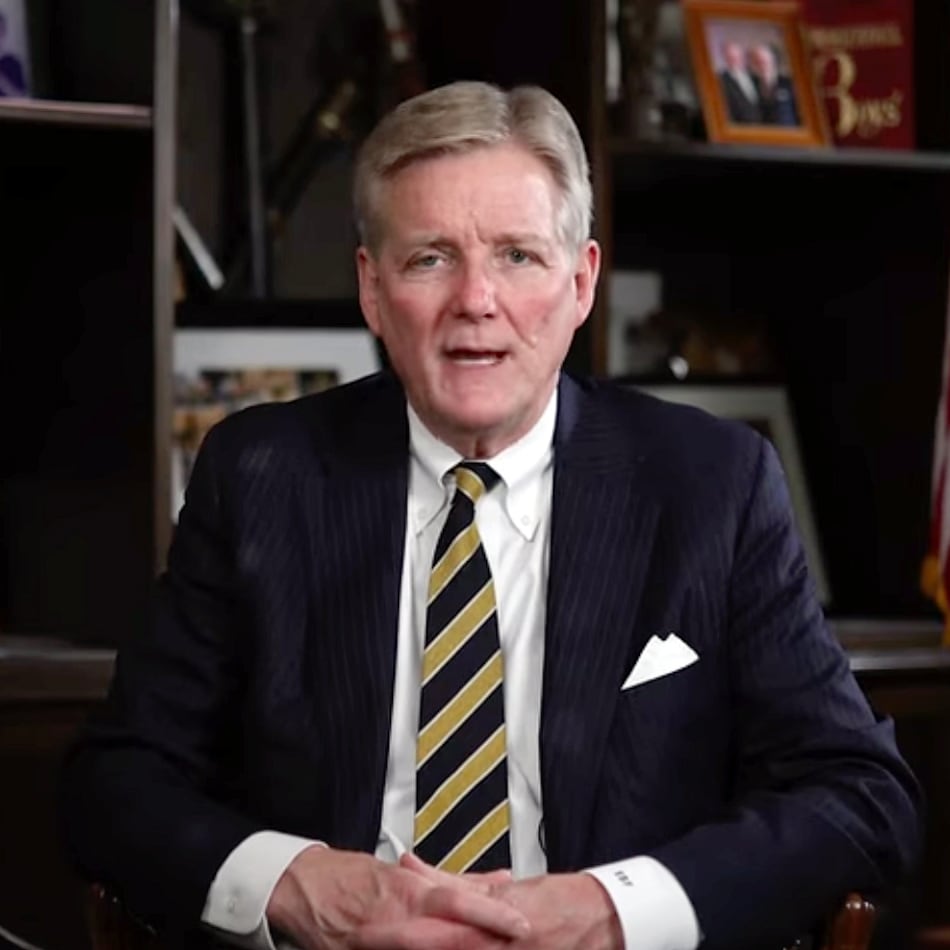Pete Townshend of the Who strumming his guitar windmill style. Teenage girls screaming while seeing the Beatles. David Lee Roth high kicking backstage.
Watershed rock and roll moments like these are explored in detail at Amplified, a new immersive experience that opened earlier this month at Illuminarium Atlanta off the Eastside Beltline. The venue’s first new show in two years, “Amplified” is sponsored by Rolling Stone magazine.
Over 55 minutes, the show spans eight decades of the rock era, from Elvis Presley, the Beatles and Aretha Franklin to Queen, Van Halen and Tina Turner, from Nirvana, Radiohead and Green Day to Beyoncé, Amy Winehouse and Lizzo. Hip-hop, R&B and pop are represented as well.
“The show definitely has a little bit of everything,” said Jodi Peckman, Amplified’s coproducer who worked at Rolling Stone magazine from 1987 to 2018. “There’s emotion. There are a lot of fun aspects. It goes fast, but there are slow, introspective moments.”
Thirty songs are featured, along with 1,000 curated photos and 250 video clips.
While this show was being developed, Illuminarium owner Alan Greenberg leased his building near Ponce City Market to French company Eclipso for a year. Eclipso offered VR shows about ancient Egypt, Impressionist artists and prehistoric flora and fauna through the spring.
Credit: RODNEY HO
Credit: RODNEY HO
Here are five things to note about “Amplified”:
Credit: RODNEY HO/
Credit: RODNEY HO/
1- A different type of satisfaction: The show, which debuted at the Illuminarium in Las Vegas in March, engendered some confusion given Rolling Stone’s name in the title. Some attendees think it’s exclusively about the band Rolling Stones, said Brad Siegel, a former Turner Broadcasting executive who lives in Atlanta and coproduced the show. Others think it’s a history of Rolling Stone magazine.
There is a brief section about the launch of Rolling Stone magazine in 1967 near the end, followed by a fun visual review of more than 1,332 Rolling Stone covers from the magazine’s launch date through 2024.
“It’s great eye candy, a great trip down memory lane,” Peckman said.
Credit: RODNEY HO/
Credit: RODNEY HO/
2- Covering their musical bases: With portions of 30 songs to squeeze into 50 minutes, Siegel said there was healthy debate about what to include.
The show opens with the distinctive pulsating rhythms of the Who’s iconic “Baba O’Riley,” then hits different styles and genres over the decades by the likes of Kiss (“Rock and Roll All Nite”), Sam Cooke (“A Change is Gonna Come”), M83 (“Midnight City”), the Beach Boys (“In My Room”), the Backstreet Boys (“Larger Than Life”) and Cyndi Lauper (“True Colors”).
Siegel said the ease of licensing a song mattered. But he was determined to use Joni Mitchell’s “Big Yellow Taxi,” which took six months. “The label owns the recording, and she owns the publishing,” he said. “The publishers needed Joni’s approval. She wanted to see the creative. Once she saw it, she was fine. But the process can be pretty tedious.” Often, he said the estates of dead artists are especially persnickety.
Landing licensing deals for photos and video ate up a lot of time as well. For instance, they wanted to use archival video of Stevie Wonder recording “Living for the City,” but the producers couldn’t get ahold of Wonder. “Sometimes,” Siegel said, “decisions are made for you.”
Credit: RODNEY HO/
Credit: RODNEY HO/
3- Storytelling in eight chapters: The producers ditched the idea of doing the show chronologically. “That would have felt like a book report,” Siegel said.
Instead, they opted to go by topic.
They go backstage. They hit the recording studio. They parse out the roles of each band member. They explore fandom. And they explore different hairstyles through the ages.
“I had a mop top during Beatlemania and was forced to cut it, so hair has always stuck with me,” said Siegel, who attended the Beatles’ legendary 1965 concert at Shea Stadium in New York City.
There is also an entire segment focused on the connection between rock and horsepower with dozens of photos of musicians posing in front of a cornucopia of vehicles.
And they highlight artists addressing shifts in social mores, including a segment celebrating sexual freedom featuring Chappell Roan’s “Pink Pony Club” that transforms the room into a colorful club with shadowy images of women on stripper poles.
Credit: Evan Agostini/Invision/AP
Credit: Evan Agostini/Invision/AP
4- The narrator should sound familiar: If you want to cut loose, footloose, during the show, the narrator is entirely open to that idea because he happens to be actor Kevin Bacon. Peckman said they wanted an iconic voice, and Bacon, a musician himself, was game.
The narration is not packed with historical rock facts. Rather, it’s more an emotional supplement to the visuals, providing audio backgrounders on what rock music means to artists and fans, written by former longtime Rolling Stone contributor Joe Levy.
“It’s not a lecture,” Levy said. “The show is about the power of the music and the changes that the music brought and about connecting viewers to those things.”
Credit: RODNEY HO/AJC
Credit: RODNEY HO/AJC
5- Wait for the credits: The producers display so many photos at once, it’s impossible to absorb them all. They debated whether to caption the photos. In the end, they chose not to, deciding not to clutter up the show. “If we put captions up, people would spend the entire time reading and not looking and listening,” Siegel said.
But once the show officially concludes, they create a delightful coda of sorts: Every photo is shown with proper credit and identification. “It’s a fun discovery moment at the end,” Siegel said.
IF YOU GO
“Rolling Stone Presents Amplified: The Immersive Rock Experience”
11 a.m. to 8 p.m. daily, $32.14. Illuminarium Atlanta, 550 Somerset Terrace NE, Atlanta. showclix.com
About the Author
Keep Reading
The Latest
Featured






